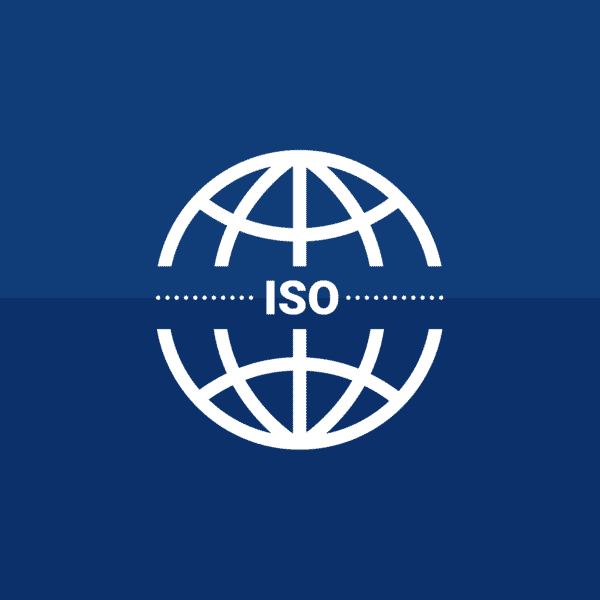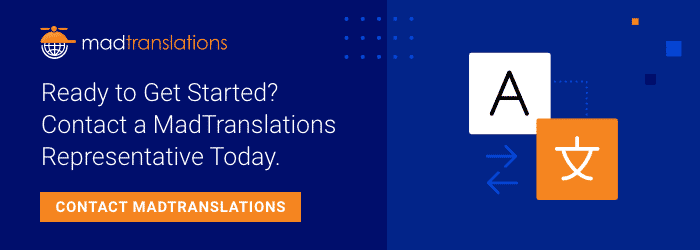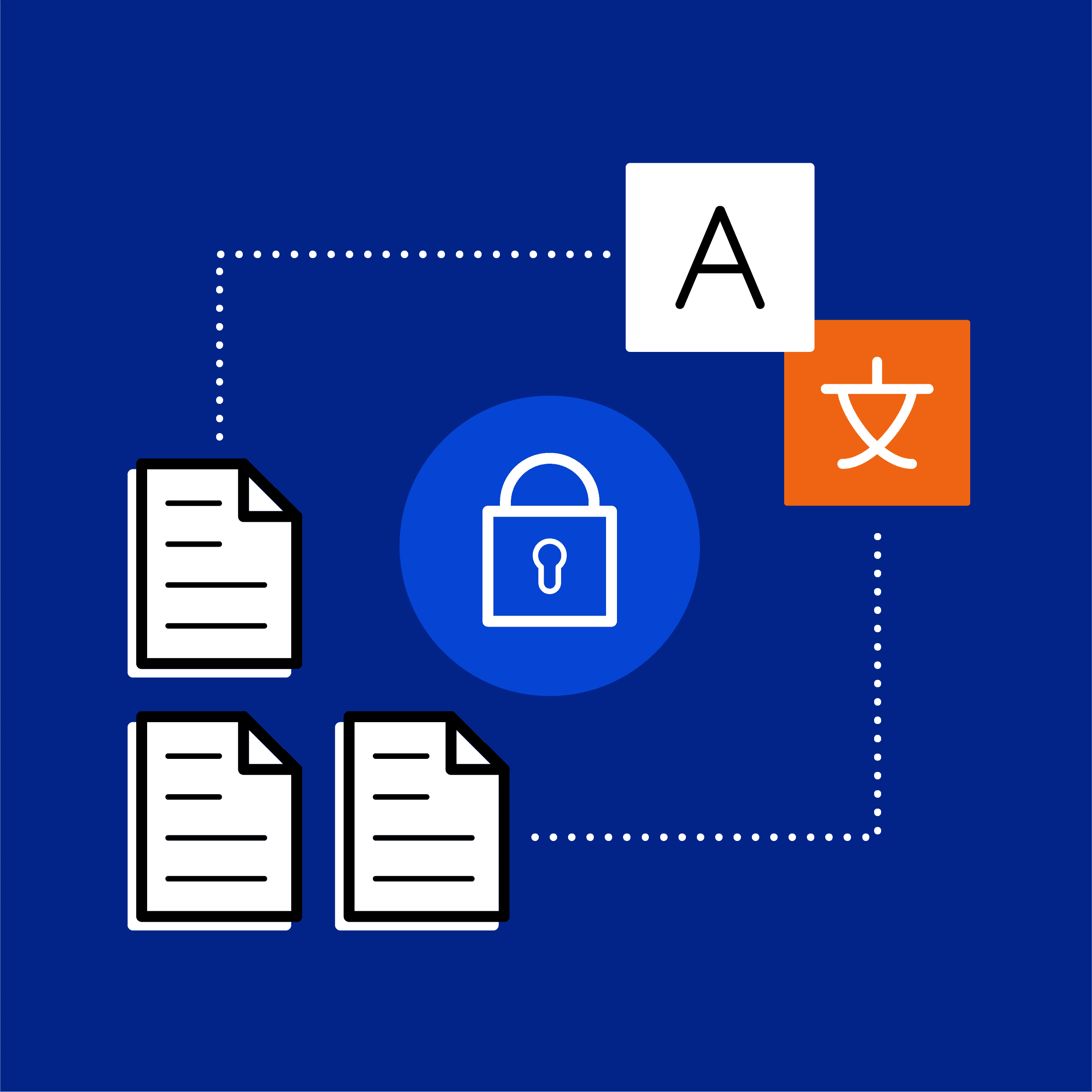“We are ISO-compliant” is a phrase you may hear when searching for a translation service provider. It is worth paying close attention to this claim. “ISO-compliant” is not the same as “ISO-certified”. There is a world of difference between the two, which can have a great impact on the service you end up buying.
In the translation industry, the most common certifications are ISO 17100 (Translation Services) and 9001 (Quality Systems Management). These certifications ensure that the highest levels of translation quality and project management are met. If translation service providers cannot demonstrate these certifications and only comply with ISO standards, then the quality of the service is not guaranteed. ISO-certified companies follow processes that adhere to guidelines that are assessed by independent auditors. Only this level of scrutiny can guarantee that the standards are met.
Overview of the Most Important Certifications for Translation Service Providers
ISO 17100: Translation Quality
Certification according to ISO 17100 establishes quality criteria for translators and revisers. This includes that translators and revisers have:
- At least five years of professional experience
- Or a degree in translation
- Or another course of study and two years of professional translation experience
Aside from competency requirements, ISO 17100 defines processes for project management. The project management process must demonstrate that requirements are documented and a defined process is followed from beginning to end.
Maintaining a standard ensures that all required resources (technical and human) are on hand for the best possible execution of the project and that the translation process performs at the highest possible level.
ISO 9001 for Quality Management Systems
ISO 9001 is a general standard that is fundamentally important in business. It assesses quality management systems within companies. It examines, for example, which risk strategies the company has prepared for emergencies, how to measure suppliers' performance, and how to use feedback from customers to continuously improve their processes. In addition, it documents which internal improvements have taken place. Similar to 17100, this is administered annually by an external auditor. MadTranslations has been an ISO 9001 and ISO 17100 certified translation service provider since 2016.
New: ISO 18587 for Post-Editing of Machine Translation
Machine translation management systems are now an integral part of the translation industry. There is a good reason for this: machine translation can improve translator productivity, shorten turnaround, and reduce overall cost. However, the quality of MT output still does not yet match that of human translation. Therefore, post-editing—the editing of machine-translated content—is necessary.
A translation process with machine translation differs in various ways from a traditional translation process. The guidelines for traditional translation projects do not correspond 1:1 with a post-edited machine translation process. For this reason, a new ISO standard has been developed. ISO 18587 defines requirements for the process of human post-editing of machine translation as well as the capabilities of the post-editors. As opposed to the general ISO 17100, it only addresses content that is generated by MT engines. The contents of the standard are, for example, that the post-editors should pursue the following goals:
- Intelligibility of the text
- Substantive agreement with the source text
- Compliance of client-specific requirements
Thus, the standard provides important quality guidelines for dealing with machine translations. Only ISO certification can guarantee that the translation company complies with these processes.
Annual Audits
Annual audits by a licensed certifying agent prove that the requirements of the standards are met and that the translation service company continually improves.
From project managers to linguists to accounting, all those who are responsible for the course of the translation process are subject to audit. Prior to an audit, reports on quality management, improvements, and various project plans must be submitted. Plans for how the LSP intends to improve over the next year will also be addressed during the audit. At the end of the audit, the certification follows along with a summary meeting with advice and opportunities for improvement.
When selecting a translation services provider, it is important to understand what steps the LSP takes to ensure the deliverables are secure and of high quality. Requiring proof of certification is one way to qualify your potential partner. If you have any questions about ISO certifications, please do not hesitate to contact us at sales@madtranslations.com.











